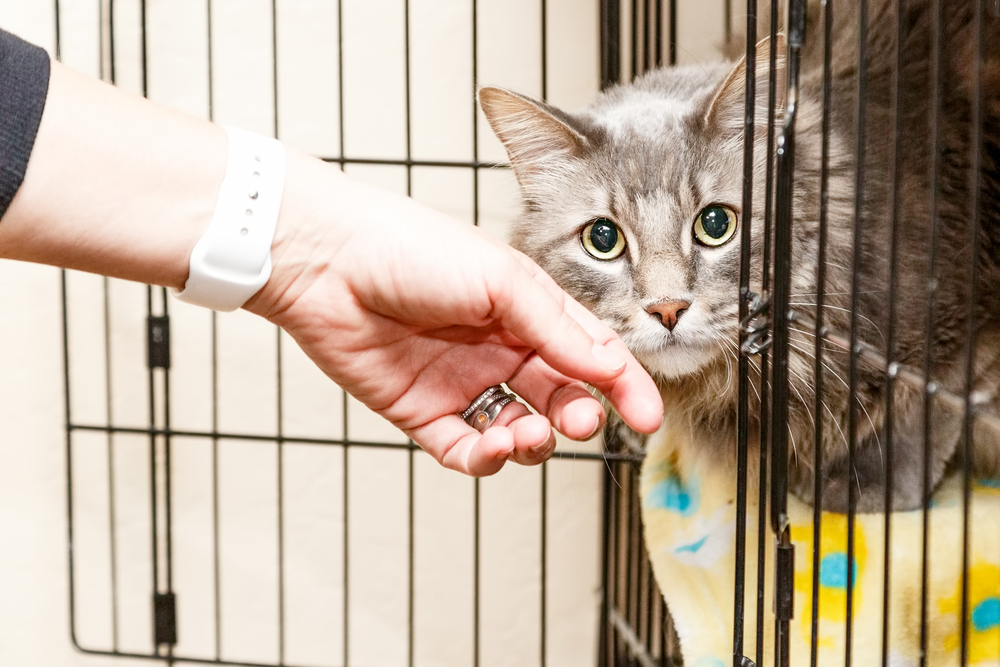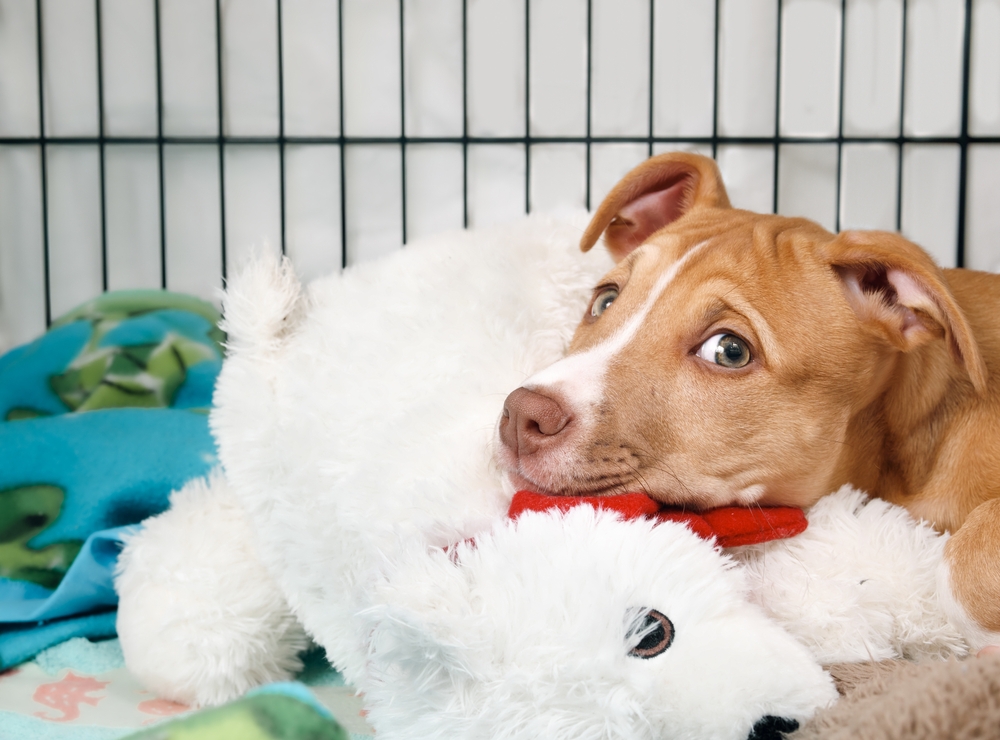Adopting a rescue animal is an act of love, but sometimes it’s not just about giving a home—it’s about healing a soul. Many rescues carry the scars of their past, both visible and invisible. Understanding their behavior can help you provide the care they need to thrive. Here are 15 ways to tell if your rescue was badly abused and how these signs reflect their need for patience and compassion.
1. They Flinch at Sudden Movements

If your rescue cowers or flinches when you reach out quickly, it’s likely a sign they’ve experienced physical abuse. Their body remembers a world where movements were unpredictable and harmful. Over time, gentle interactions and consistent calmness can help them unlearn this fear.
2. They Freeze or Hide in Fear

A badly abused rescue may shut down entirely when overwhelmed, retreating to a safe spot, or going stiff. This isn’t stubbornness—it’s a survival mechanism. Creating a safe, quiet environment and respecting their boundaries is crucial for building trust.
3. They Avoid Eye Contact

For mistreated animals, prolonged eye contact can feel threatening. If your rescue won’t meet your gaze, it’s not about disobedience but fear. Let them approach eye contact on their terms as trust begins to grow.
4. They Show Extreme Sensitivity to Noise

A loud voice, a clattering dish, or even a slammed door can make an abused animal panic. This hypersensitivity often stems from living in a chaotic or abusive environment. Soft tones and a stable routine can help them feel more secure.
5. They Exhibit Submissive Behaviors

If your dog rolls onto its back or urinates when you approach it, it may show signs of extreme submission—common in animals conditioned by fear. These behaviors aren’t about respect; they’re about survival instincts shaped by abuse.
6. They React Negatively to Certain People

Does your rescue seem uneasy or defensive around certain people? They may associate specific appearances, voices, or behaviors with past trauma. This reaction is often a clue to the type of person who mistreated them, and it’s a sign they’re still working through their fears.
7. They Have a Startle Reflex

A sudden touch or unexpected sound might cause an exaggerated reaction, like jumping, yelping, or darting away. This hyper-alertness often indicates they’ve lived in an environment where they constantly had to be on guard.
8. They Are Reluctant to Eat Around People

An abused animal might avoid eating in front of others due to fear of punishment or having their food taken away. If your rescue shows this behavior, creating a peaceful, private mealtime space can help them regain their security.
9. They Struggle With Physical Affection

Some rescues shy away from pets or cuddles, even if they crave attention. Abuse can make them associate touch with pain rather than comfort. Respect their limits and let affection be on their terms—it’s a process, not an overnight change.
10. They Display Fear of Leashes or Collars

A leash or collar, a symbol of control, might trigger anxiety in an abused rescue. The animal may see these items as tools of restraint or punishment. Introducing these accessories slowly and with positive reinforcement can help the animal associate them with safety and adventure.
11. They Have Anxiety About Entering or Leaving Spaces

If your rescue hesitates at doorways, it could stem from being trapped or dragged in the past. This behavior isn’t stubbornness; it’s trauma. Encourage them with patience and treats, letting them see that transitions aren’t scary anymore.
12. They Exhibit Overreaction to Discipline

A firm “no” or a slight correction might cause them to tremble or hide. This exaggerated response is a heartbreaking sign of past abuse where punishment was severe and unpredictable. Positive reinforcement, not harsh discipline, is key to rebuilding their confidence.
13. They Show Signs of Self-Harm

Excessive licking, chewing on themselves, or other obsessive behaviors can be signs of anxiety rooted in trauma. This self-soothing is their way of coping with stress. Providing mental stimulation and a stable environment can gradually reduce these tendencies.
14. They Fear Common Household Items

Brooms, sticks, or even shoes might send your rescue into panic mode if these objects were used to harm them before. Identifying and avoiding these triggers while working to desensitize them gently can help rebuild their trust.
15. They Have Trouble Sleeping Peacefully

If your rescue constantly shifts, wakes up startled, or avoids resting in open spaces, they may still feel unsafe. Abuse often disrupts their ability to relax. Creating a cozy, secure sleeping area where they can retreat can help them find the peace they need to rest fully.
